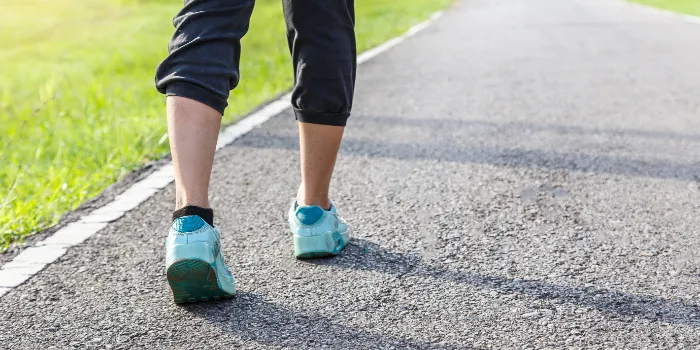Has the COVID-19 pandemic disrupted your normal exercise routine? Maybe your gym closed down. Or your favorite hiking trail suddenly got a lot more crowded, so you stayed away for fear of catching the virus. Or, like a lot of people these days, maybe stress and anxiety has made you lose your motivation to work out.
Whatever the reason, lots of people who were physically active before the pandemic have found themselves increasingly more sedentary over the last four or five months. But staying physically active has a number of well-documented benefits. In addition to improving cardiovascular health, bone health, muscle flexibility and strength, regular exercise can also lower the risk of falls, reduce pain and contribute to maintaining a healthy weight. Exercise also causes biochemical changes that can improve mood and increase energy level.
What can people with bleeding disorders do to get back to regular exercise at home after a few months (or more) of sitting on the couch? For answers, we consulted two physical therapists who work at hemophilia treatment centers (HTCs). Here’s what they recommend:
Consult Your HTC Physical Therapist
Especially for people with bleeding disorders, no “one size” exercise fits all, says Sherry Herman-Hilker, PT, MS, physical therapist at the University of Michigan’s Hemophilia and Coagulation Disorders Program. “Every person with a bleeding disorder is different and has unique considerations that need to be taken into account when developing an exercise program,” she says. People need to consider the activity they are interested in, the condition of their joints and muscles, their current fitness level, and what resources are available to them at home, Herman-Hilker says.
Start Slowly
Don’t make the mistake of thinking that you can pick up where you left off, says Cindy Bailey, PT, DPT, OCS, SCS, ATC, director of Physical and Occupational Therapy at the Orthopaedic Hemophilia Treatment Center of the Orthopaedic Institute for Children in Los Angeles. “If you have been doing nothing, then you are at a much lower fitness level than you were when you left the gym or your workouts back in March,” she says.
Begin with Walking
“Walking is the first form of exercise we suggest for those who have not been exercising,” Bailey says. “Your first day, do about a quarter-mile warmup walk, then stop and stretch your lower body: buttocks, front of the hips, hamstrings, quads and calves. Then continue your walk for 20 minutes at a minimum.”
As you get used to walking, you can increase either your time or your intensity level, but never increase both time and intensity at the same time or you’ll risk doing too much too soon. You can also add in upper body (shoulders and trunk) stretches.
Add in Strength Training to Your Fitness Plan
“Once you’re used to a walking workout and having no problems, you may begin some calisthenic-type exercise with light weights, your body weight or resistance bands,” Bailey says. The same rule applies for increasing a weight or resistance band program. Either increase your amount of weight or resistance, or increase your number or repetitions. Never increase both variables at the same time. “If you get soreness or pain, you won’t know what caused it if multiple variables were changed,” Bailey says.
Protect Your Joints
People with bleeding disorders who have joints that have been damaged by bleeding need to carefully select exercises that will not aggravate their existing issues, Herman-Hilker says. “Think about which joints are problematic for you and consider activities that keep the joints moving but without high impact,” she says. In addition to walking, other good choices include swimming and biking. A general rule of thumb is to avoid activities that cause you pain.

